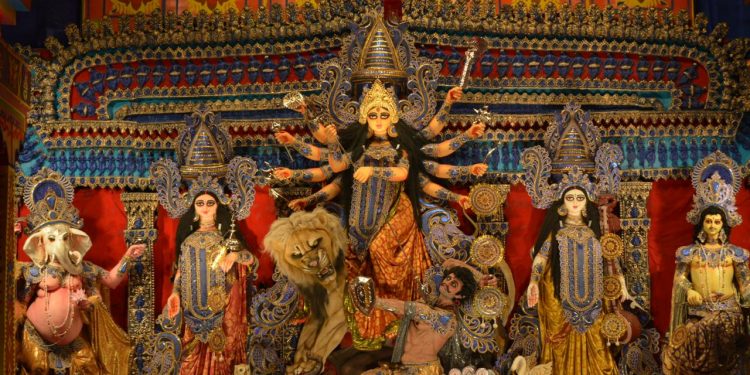Durga puja is celebrated across India with pomp and gaiety. Goddess Durga ushers the time of joy and happiness, through her deeds which have turned folklore, she inspires many. For majority of the Hindus, goddess Durga is a very special deity and means a lot. Even though, Durga puja is celebrated in most parts of eastern India over five days, starting from ‘sashthi’ to ‘dashami’ very few know that the goddess has nine forms, all named differently. Hindus believe that by worshipping Durga with a pure mind and heart will lift the divine spirit and fill them with renewed happiness. The nine avatars of goddess Durga is worshipped during the nights of ‘Navaratri’. Here’s a detailed description of each of the ‘Navadurga’.
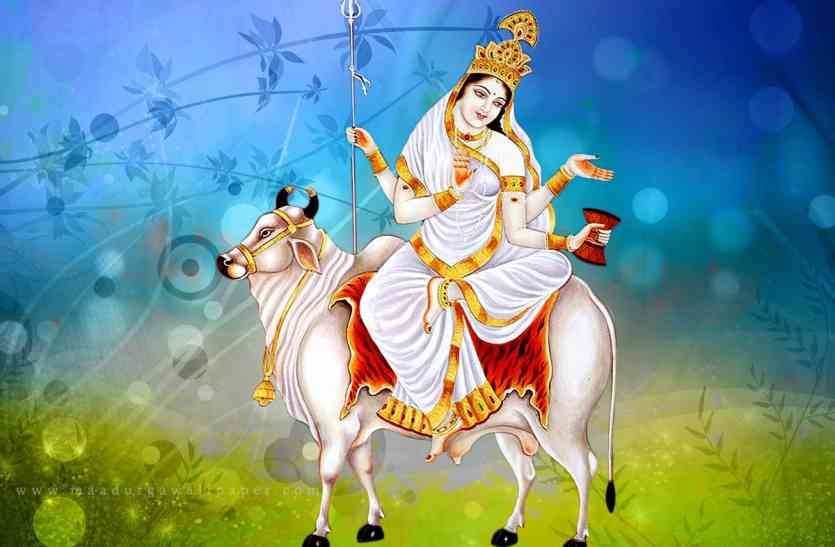
Shailaputri: Durga in this form doesn’t sit on a lion but on a bull. The celebrations of ‘Navaratri’ begin with a night of worship in honour of Durga’s first avatar ‘Shailaputri’. The name signifies that Durga is the ‘daughter of the mountains’. Also known as Parvati, or Hemavati, this manifestion of Durga is worshipped as the daughter of ‘Hemavana’, the king of the Himalayas. ‘Shailaputri’ is considered as the purest embodiment of Durga and Mother Nature. While sitting atop the bull, she flaunts a lotus and a trident. The lotus symbolises purity, the trident is meant to destroy the evil.
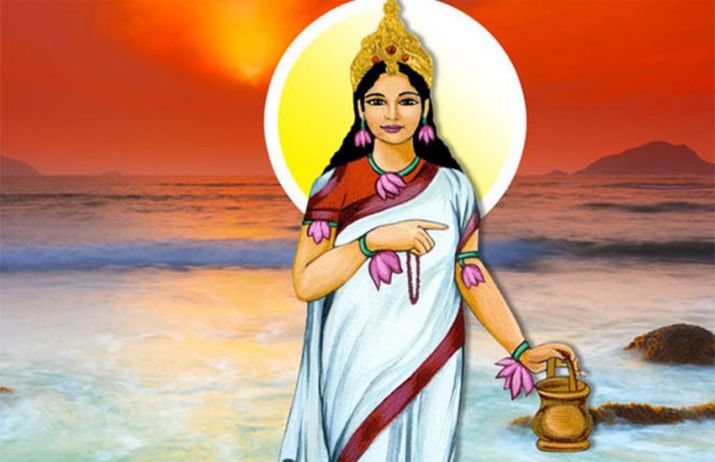
Brahmacharini: Goddess Durga takes this avatar on the second day of the ‘Navaratri’. The Hindus on this day worship the idol of ‘Brahmacharini’— someone who portrays ‘devout austerity. ‘Brahmacharini’ carries a rosary in her right hand. It represents the special Hindu prayers recited in her honour. In her left hand Durga has a water utensil which symbolises marital bliss. According to ancient folklore, in this form Ma Durga gives her devotees happiness, peace, prosperity and grace. By worshipping this avatar of Durga, Hindus believe they can attain ‘Moksha’.
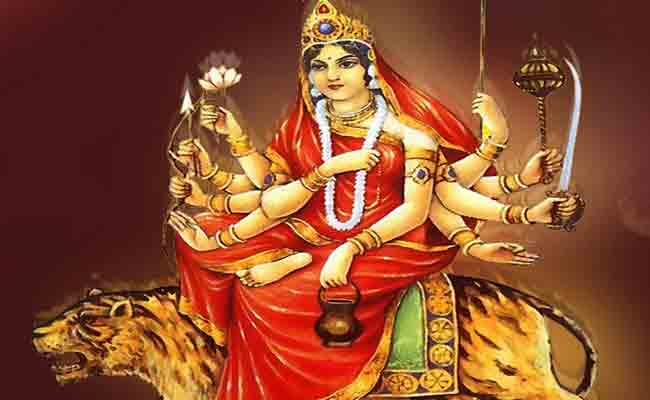
Chandraghanta: This is the third manifestation of goddess Durga and it symbolises peace, tranquility, and prosperity in life. The name has been derived from the ‘chandra’ (half moon) in her forehead in the shape of a ‘ghanta’ (bell). The idol of ‘Chandraghanta’ appears quite familiar to the people as she more or less has the same appearance of the Durga we are accustomed to see. Chandraghanta has multiple limbs, usually 10, each holding a weapon, and three eyes and she also sits on a lion. She is all-seeing and ever-vigilant, ready to battle evil.
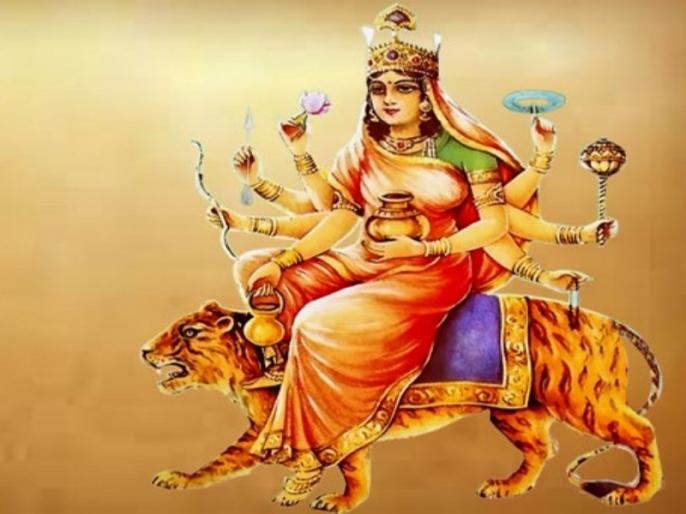
Kushmanda: The avatar of the Durga portrays her as the creator of the universe. ‘Kushmanda’, like other manifestations of the Durga has multiple limbs (usually eight or 10), in which she holds weapons, glitter, a rosary, and other holy objects. The glitter is particularly significant, it symbolises the light of hope, knowledge and energy it provides the world with. ‘Kushmanda’ rides a lion symbolising strength and courage in the face of adversity.
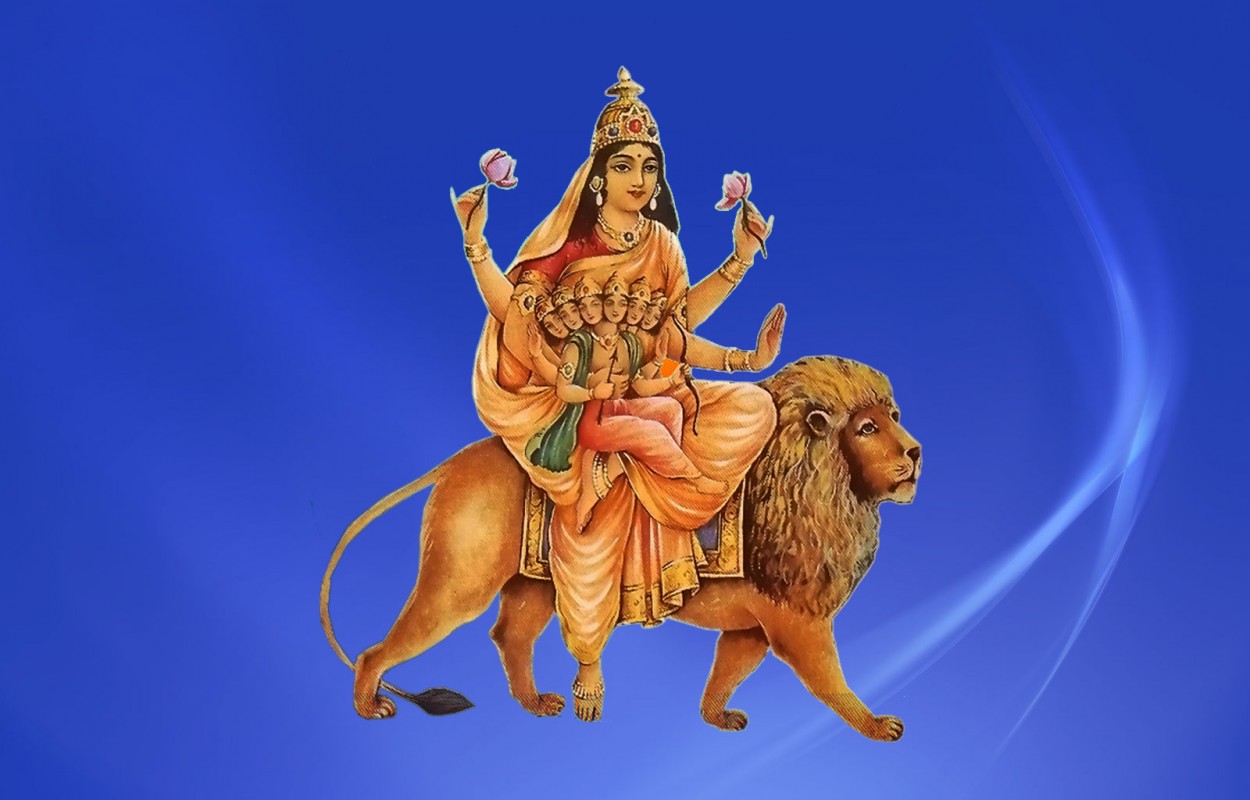
Skandamata: She is the mother of ‘Skanda’ or Lord Kartikeya, who was chosen by the gods as their leader in their fight against the demons. ‘Skandamata’ is worshipped on the fifth day of ‘Navaratri’. Skandamata is seated on a lotus, and she has four arms and three eyes. She holds the infant ‘Skanda’ in her right upper arm and a lotus in her right hand, which is slightly raised upward. Skandamata’s left hand is her act of blessing all Hindus. She also holds a second lotus in her left hand.
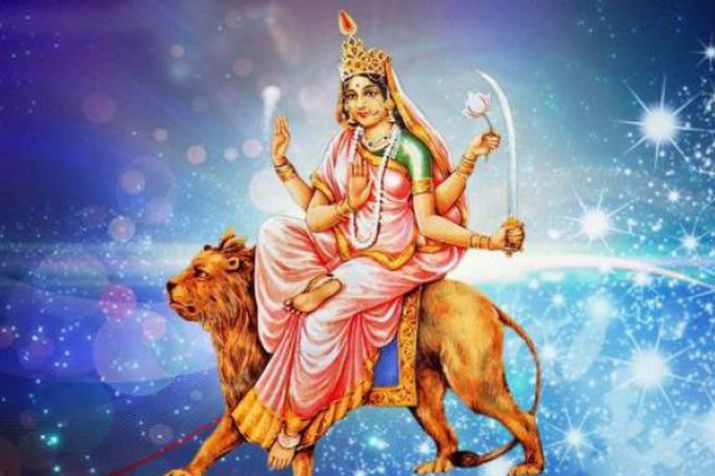
Katyayani: This avatar of Durga is worshipped on the sixth day of Navaratri. Her looks however, evoke a sense of fear with wild hair and 18 arms all of which hold a weapon each. The radiant light which she emits from her body is for destroying darkness and evil. Despite her appearance, Hindus believe ‘Katyayani’ can bestow a sense of calm and peace upon all who worship her. ‘Katyayani’ also rides a lion, ready at all times to confront evil from all quarters.
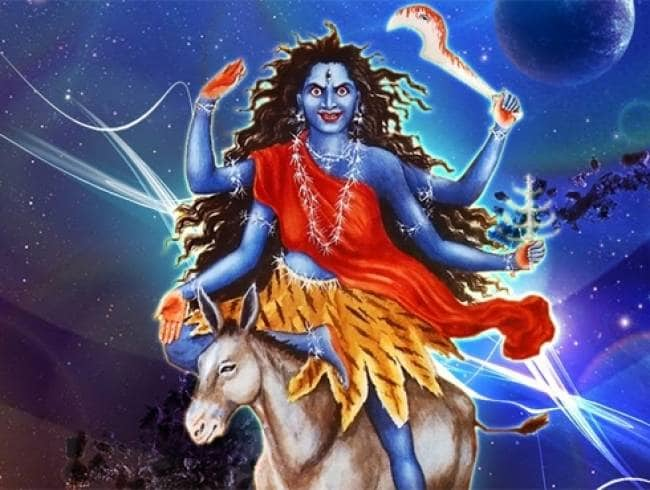
Kalaratri: She is also known as ‘Shubhamkari’ and her name signifies one ‘who does good for her devotees’. Kalaratri is a fearsome-looking deity, with dark complexion, dishevelled hair and black skin. She has four arms and three eyes. ‘Kalaratri’ is worshipped as a protector of Hindu faithful, one to be both honoured and feared. In her left hand Kalaratri holds a ‘vajra’ (spiked club), and a dagger. Both are used to fight evil. Her right hands allays fears of all those who seek her protection.

Mahagauri: This avatar of Durga is worshipped on the eighth day of ‘Navaratri’. Her name which means ‘flawlessly and extremely white’ refers to her luminous beauty. Hindus believe that by paying obeisance to ‘Mahagauri’ they can wash away all their sins. Mahagauri wears white clothes, has four arms, and rides on a bull, one of the most sacred animals in Hindu religion. The white also symbolises peace and a mind not affected by sins. Her right hand pose allays fear, and her right lower hand holds a trident. The left upper hand holds a damaru (a small tamborine or drum) while the lower one is thought to grant blessings to her devotees.
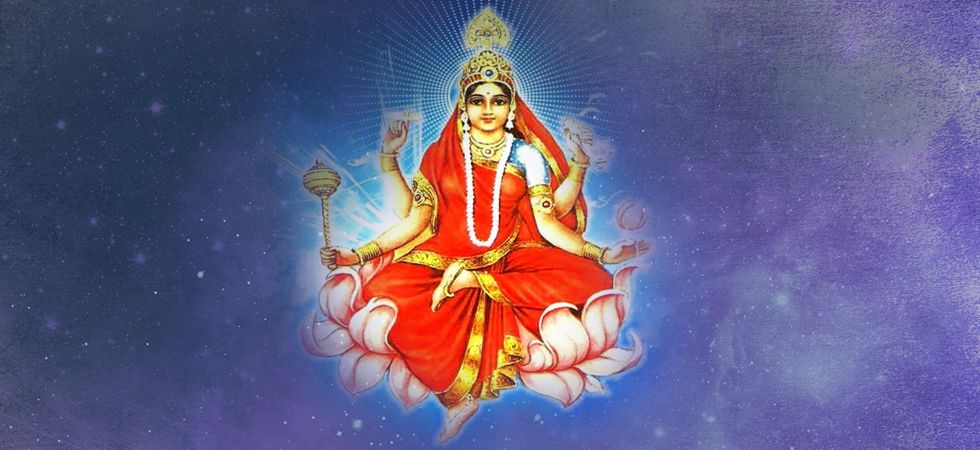
Siddhidatri: This is the last avatar of Durga. She is worshipped on the last day of ‘Navaratri’. The name means she provides supernatural powers and Hindus believe she bestows blessings upon all. Like some of the other avatars of Durga, ‘Siddhidatri’ also rides a lion. She has four limbs and carries a trident, a spinning disc called a Sudarshana Chakra, a conch shell, and a lotus.
PNN

